3 min read
The 51st State and A Reconciliation Moment
Some days it really feels like the whole world is going crazy. The economy is sputtering amidst trade wars and tariffs, there is a renewed interest...
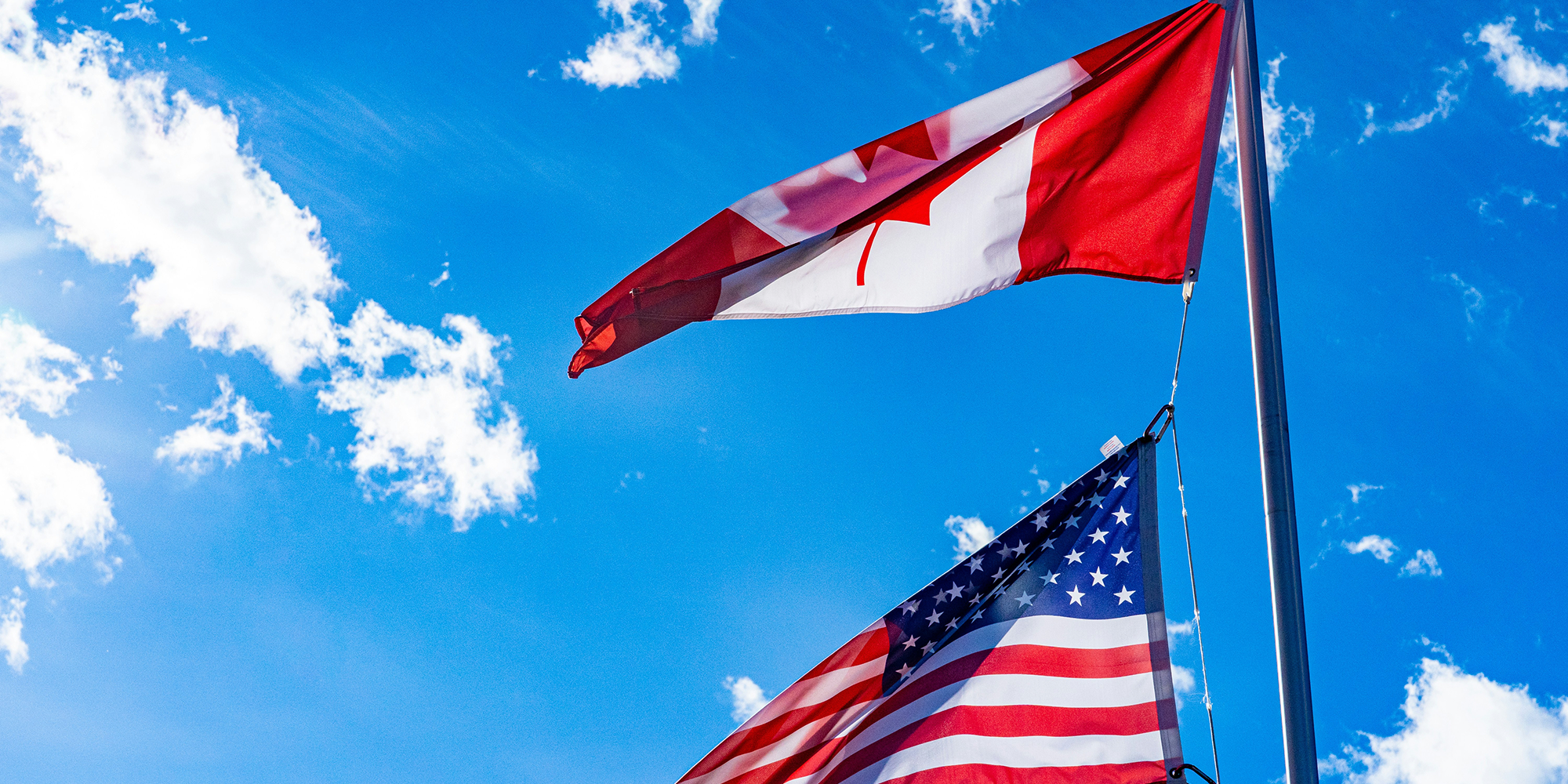
3 min read
Some days it really feels like the whole world is going crazy. The economy is sputtering amidst trade wars and tariffs, there is a renewed interest...

4 min read
Ensuring economic certainty in a proposed project with an Indigenous community is a key component of mutually beneficial and effective Indigenous...

2 min read
A central finding of this research is that Aboriginal procurement is not the same as traditional supply chain management. Procurement from Aboriginal...
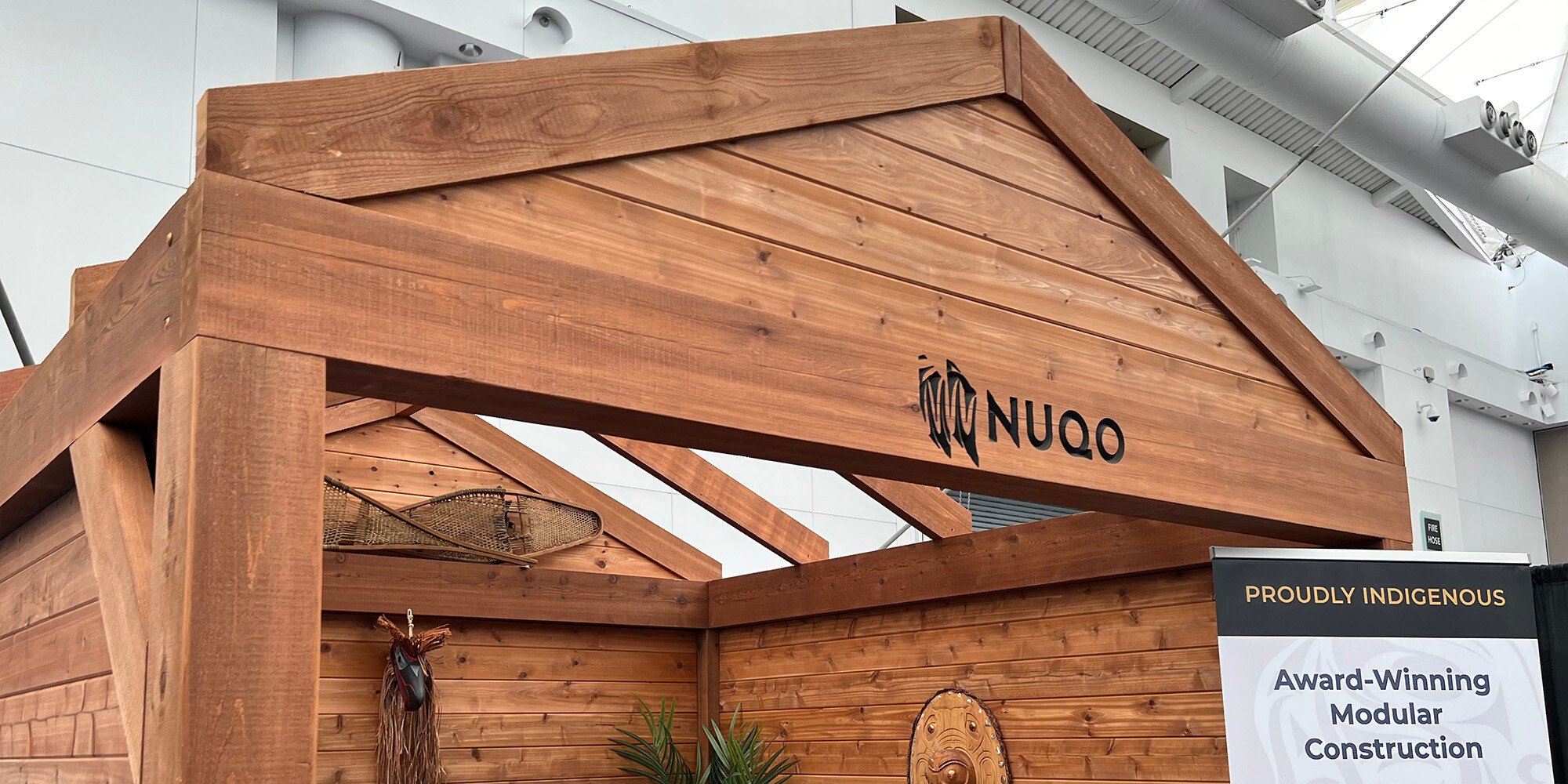
2 min read
In 2025, it will be a decade since the release of the Truth and Reconciliation Commission (TRC) Summary Report (June 2015) on the horrific...
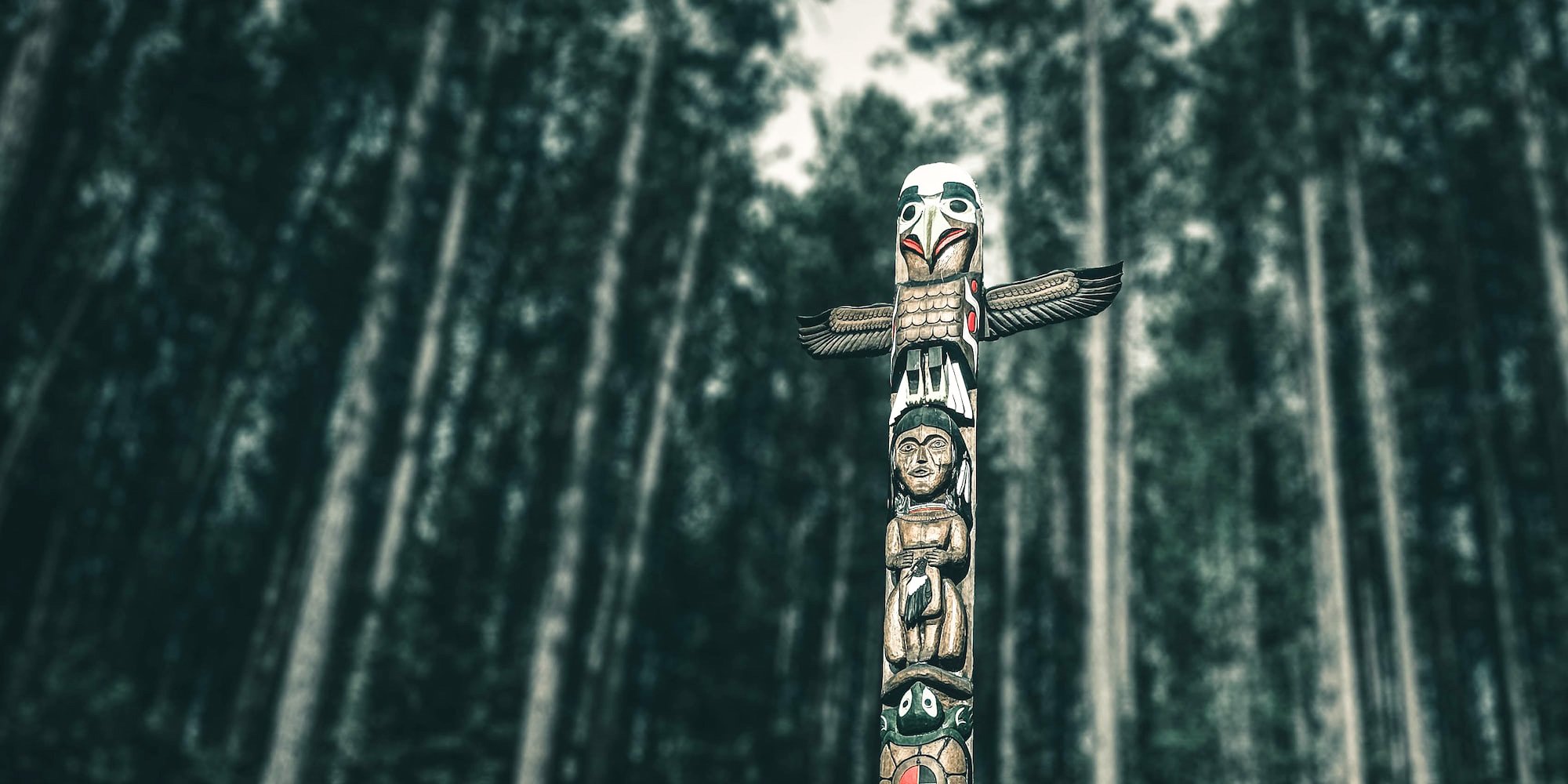
5 min read
Effective negotiations with Indigenous communities require your team to have a deep understanding of the community with which you hope to work. This...
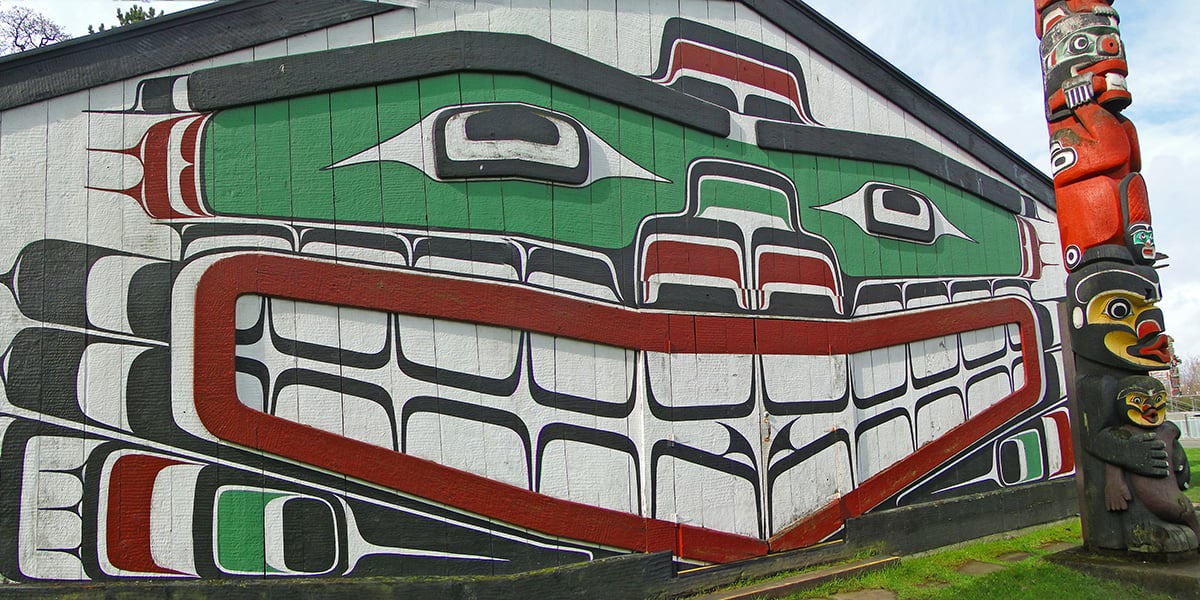
4 min read
Cultural tourism is one of the largest and fastest-growing tourism markets globally. The urge to experience another culture or learn about another...
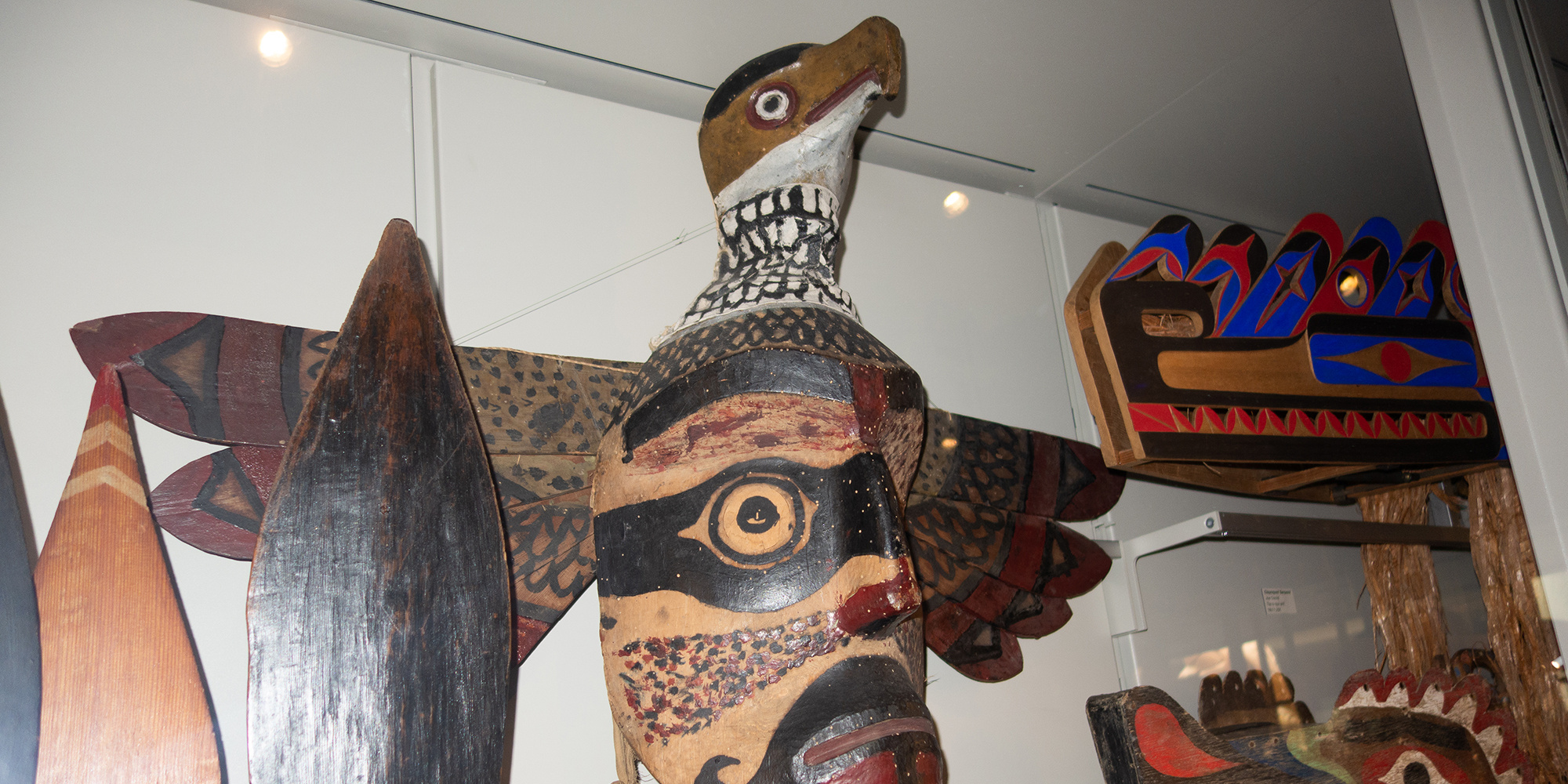
3 min read
Canada’s historical reputation is of a country where living conditions were good, and there were ample economic opportunities - a “land of milk and...

3 min read
Trade and specialization were common to First Nations in Canada and throughout the Americas in the pre- and early contact periods. Moreover, public...
2 min read
Did you know that many, if not most, large projects undertaken in Canada are being done by proponents without any effect on their own balance sheet?...
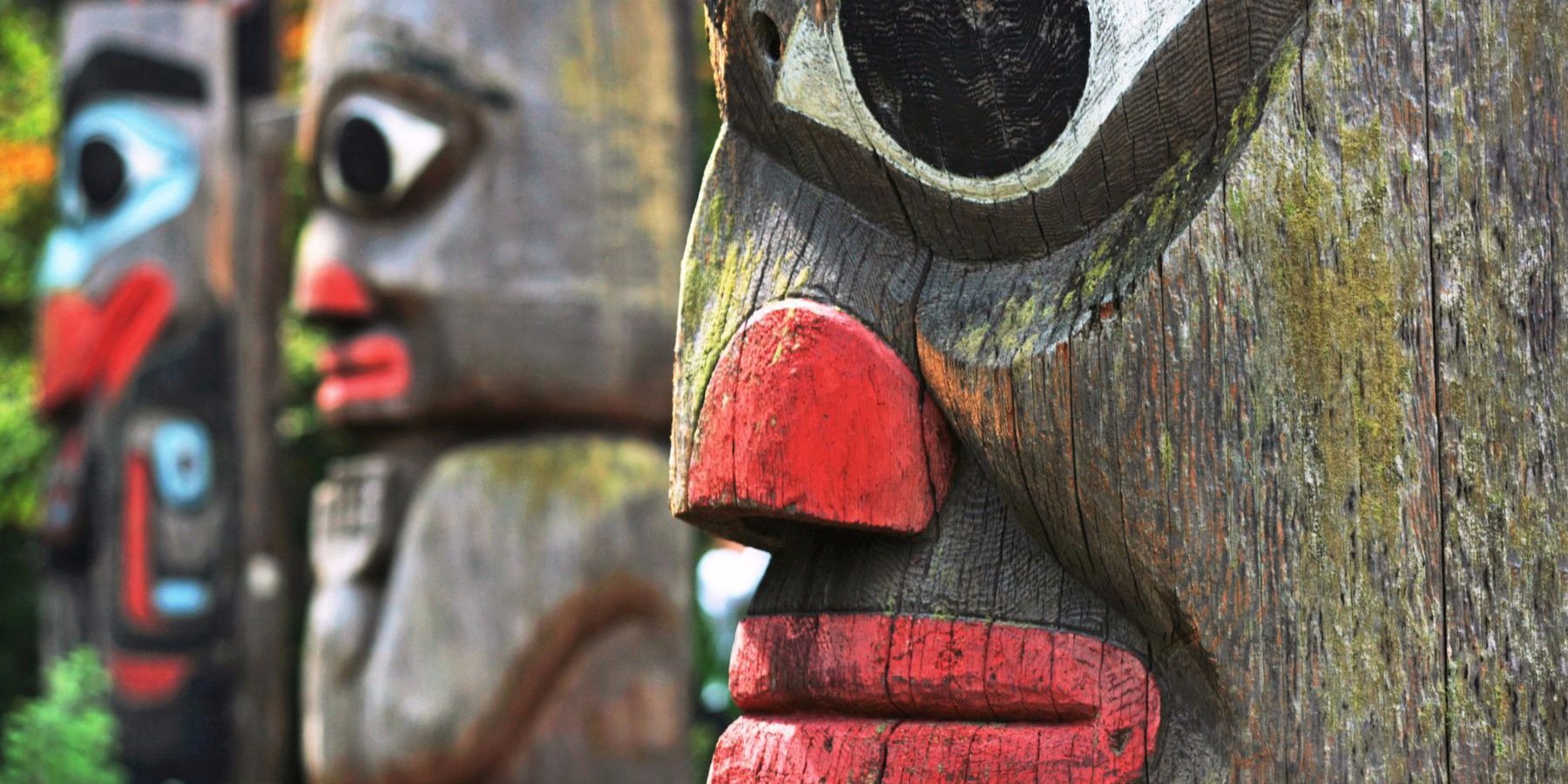
2 min read
Here's an article from a family relative who recently started Ki'mola Indigenous Capital a business that creates community wealth by investing...